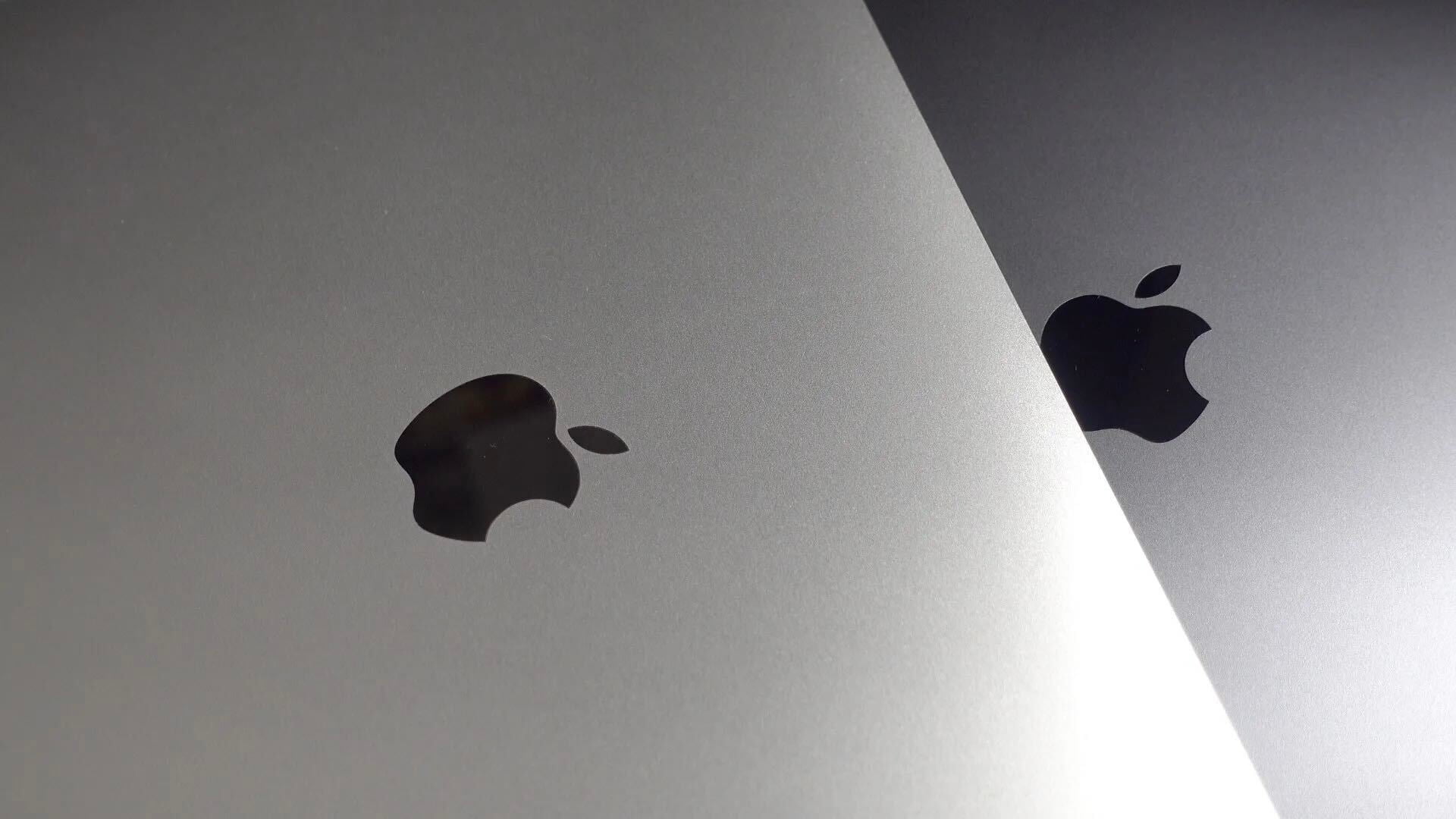
Morgan Stanley has published a new investor note this week in which veteran analyst Katy Huberty breaks down her thoughts on Apple, Tesla, and the future of both companies. Huberty also acknowledges what needs to change for Apple to have a bigger impact “around cars and transportation.”
Huberty first explains that there are parallels that can be drawn between Apple under Steve Jobs and Tesla under Elon Musk.
There are parallels to draw between AAPL under Steve Jobs and Tesla under Elon Musk. The question for Tesla from here is whether it also needs an operational leader, as Tim Cook is to Apple, in order to become a trillion dollar company. In addition to maintaining Apple’s culture of innovation, design, and customer experience created by Steve Jobs, current leadership has navigated through an intense period of scaling revenue, social issues like data privacy, increased focus on shareholder returns, and intensifying geopolitical risks which have contributed to valuation growth from $354 billion at the end of FY11 to $1.36 trillion today.
Huberty also points out that analysts view Tesla today similar to how they viewed Apple years ago, meaning that Tesla is a company innovating in a category that needs innovation. “They view Tesla in a way they viewed Apple 20 years ago, a company that thinks differently, that is incredibly innovative in a category that needs a spurt of innovation. That creates investor interest,” Huberty explains.
What about Apple’s strategy for cars and transportation? Huberty explains that while the company hasn’t announced or disclosed any details yet, Apple sees the automotive industry as one that needs a better solution. Huberty and other Morgan Stanley analysts estimate that Apple will spend $19 billion on research and development this year.
The end game for Apple, Huberty writes, can’t just be a “more advanced version of CarPlay.” Instead, the company needs to control everything about the platform it creates:
The company hasn’t disclosed many details at this point, but we believe Apple sees the car, along with other markets like health and payments, as a large market where Apple can contribute to a better solution. We expect Apple to spend nearly $19 billion on Research & Development this year, up more than $10 billion from just five years ago.
This compares to $80-100 billion total annual R&D spend for the entire auto industry, and is one argument for why Apple and other technology companies can be disruptive over time. Historically, Apple is most successful when they’re vertically integrated and we don’t see any reason their approach to the auto industry would be different. In other words, they’ll need to have more control than they do today. The end game can’t just be a more advanced version of CarPlay in partnership with other auto makers. They need to control the design, the guts and the experiences and services on top of the platform.
While various rumors over the years have suggested a potential partnership between Apple and Tesla, Huberty sees them as long-term competitors. “I see the end game as a vertically integrated solution and don’t expect Apple to partner with a company that sells a competing product,” she writes.
You can keep up with the latest rumors and reports about Apple’s interest in cars in our full guide right here.
FTC: We use income earning auto affiliate links. More.




Comments